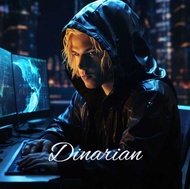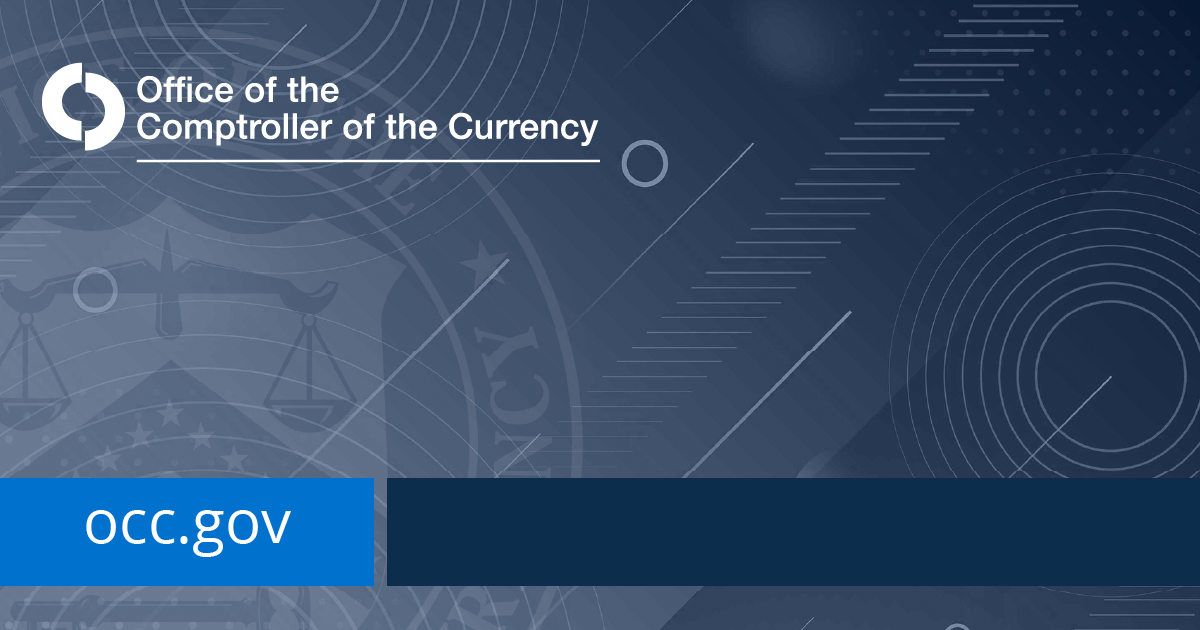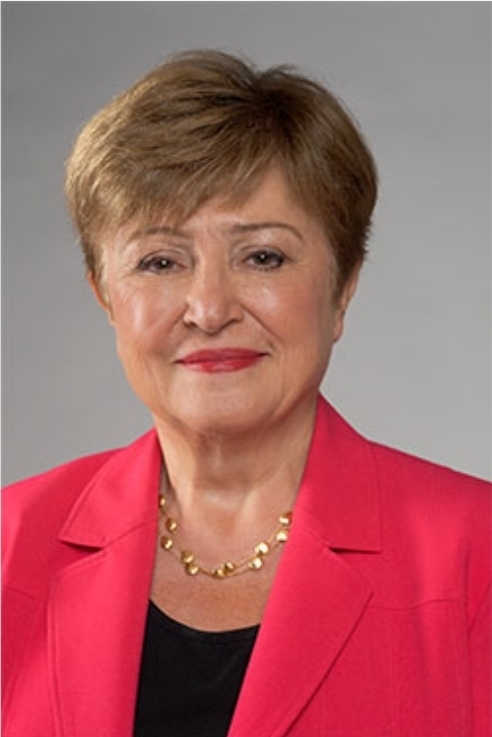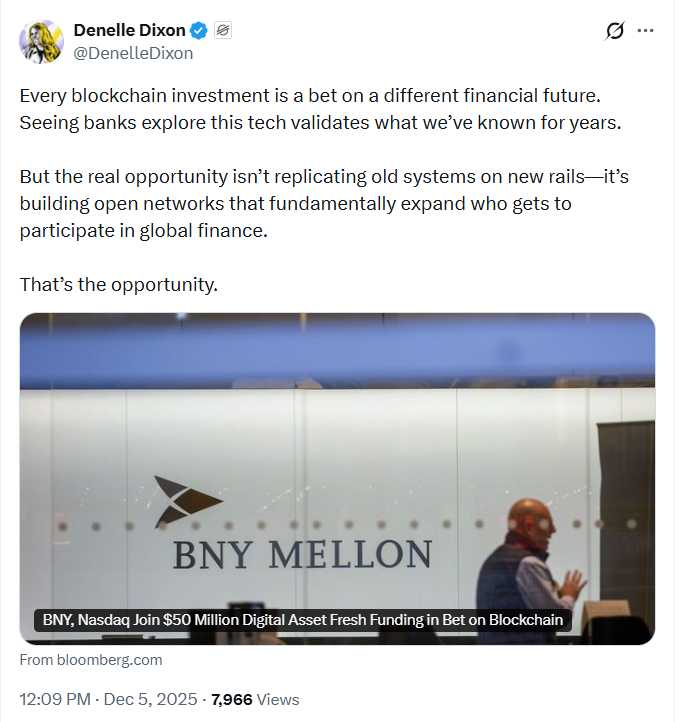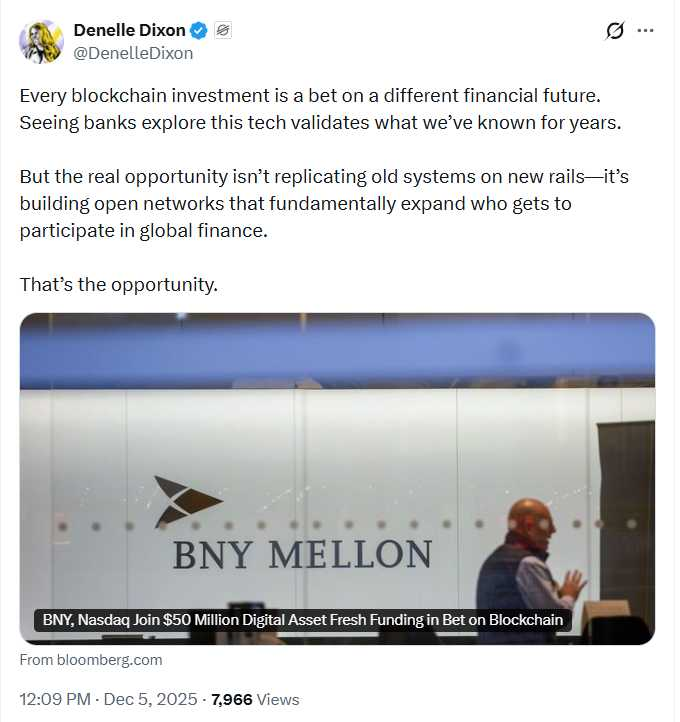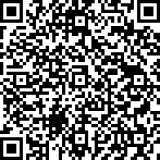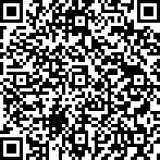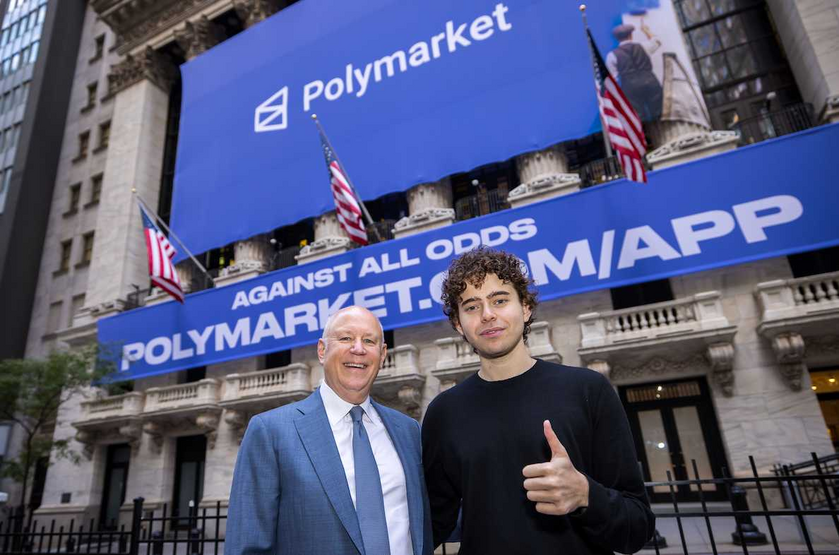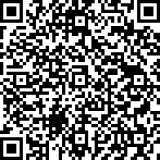Neither these presentations, nor anything on my Twitter, YouTube, or any other medium/mode of communication, including private correspondence, constitute financial advice. I am not a financial advisor and hold no formal qualifications in this area. Trade entirely at your own risk. These resources are for entertainment purposes only. ~ @CryptoCred
Trading Essentials (Start Here)
Technical Analysis Essentials
Horizontal Support/Resistance Levels
Trade Management
Strategies
How To Use Candlestick Highs/Lows to Trade Reversals
Support/Resistance Trade Setup
Using Previous Day’s High/Low for Intraday Bias
Trading a Trending Market Pt. 2
Futures/Leverage Trading
Comprehensive Guide to Crypto Futures Indicators
Psychology

🙏Please Support My Work 🙏
If you find value in my content, consider showing your support, it is needed and greatly appreciated:
💳 PayPal:
1) Simply scan the QR code 📲
2) https://www.paypal.me/thedinarian
🔗 Crypto – Support via Coinbase Wallet to: [email protected]

